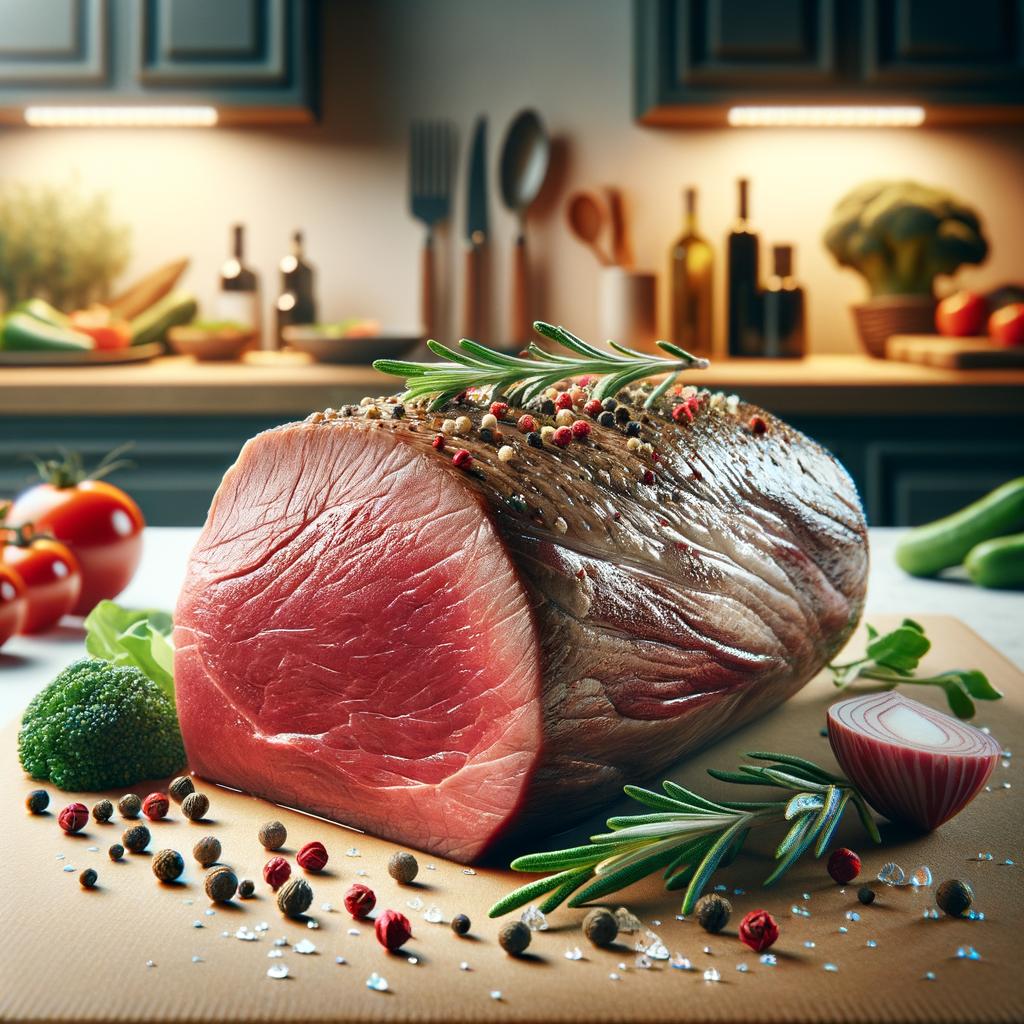Venison Loin

Description
Venison loin, the exquisite meat harvested from the back of a deer, is a culinary delight that has been savored for centuries. It is a beautiful, lean cut of meat, often characterized by its deep, dark red hue. The texture is firm yet tender, providing a satisfying bite that is both robust and delicate. The flavor profile of venison loin is rich and gamey, with a unique, earthy undertone that sets it apart from other meats. Its distinctive taste is a testament to the deer's diet of wild herbs, grasses, and berries, which imbue the meat with a unique, natural flavor that is impossible to replicate.
Primary Uses
Venison loin is a versatile ingredient that can be prepared in a variety of ways. It is often roasted or grilled to medium-rare perfection, allowing the natural flavors to shine. It is a key component in many European cuisines, particularly in the United Kingdom and Germany, where it is served as a celebratory dish during the hunting season. It is also used in gourmet cooking and pairs well with robust, fruity sauces and root vegetables. Beyond its culinary uses, venison loin is also valued for its high protein content and low fat levels, making it a healthy alternative to other red meats.
History
The history of venison loin is as rich and varied as its flavor. Deer hunting and consumption have been a part of human culture since prehistoric times, with evidence of venison consumption dating back to the Paleolithic era. In medieval Europe, venison was considered a luxury reserved for the nobility, with elaborate feasts centered around this prized meat. Over time, as deer hunting became more democratized, venison became more accessible and its popularity grew. There are numerous legends and folklore associated with deer hunting, many of which highlight the respect and reverence that hunters have for this majestic creature.
Nutritional Information
Venison loin is not just a culinary delight, but also a nutritional powerhouse. It is high in protein, providing about 26 grams per 3.5-ounce (100-gram) serving. Moreover, it is low in fat and calories, making it a healthier alternative to other red meats. It is also rich in several vitamins and minerals, including B vitamins, zinc, and iron. The high iron content makes it particularly beneficial for individuals with anemia or those who are at risk of iron deficiency. Compared to beef, venison has fewer calories and less saturated fat, yet provides more protein and iron, making it a superior choice from a nutritional standpoint.
In conclusion, venison loin is not just a delicious and versatile ingredient, but also a historical and nutritional gem. Its rich history, unique flavor, and nutritional benefits make it a meat worth savoring.

